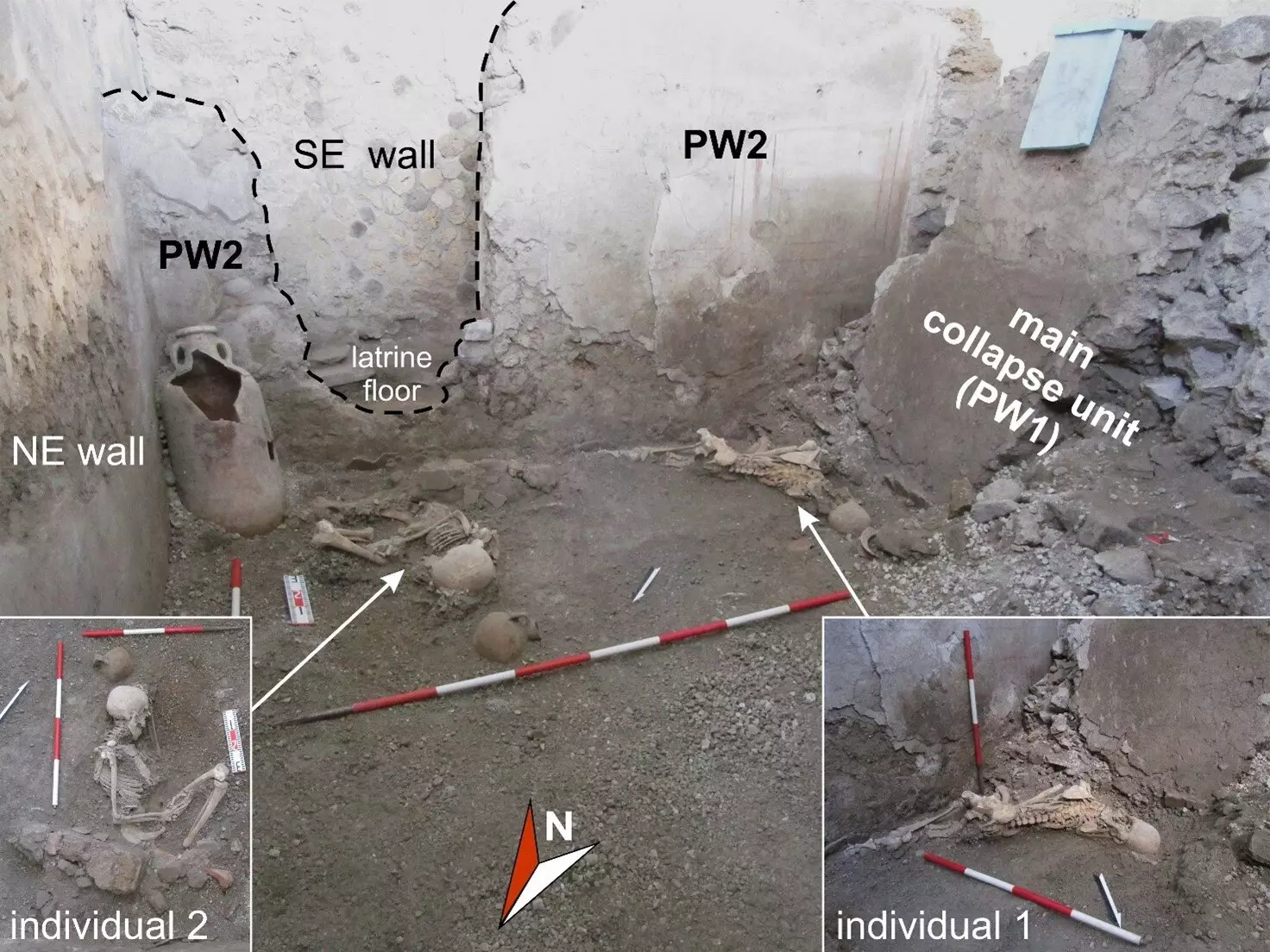The eruption of Mount Vesuvius in 79 CE remains one of history’s most tragic natural disasters. Nearly 2,000 years later, researchers at the Istituto Nazionale di Geofisica e Vulcanologia (INGV) and Pompeii Archaeological Park have made ground-breaking advancements in understanding the catastrophic events that unfolded in Pompeii. Through the lens of modern science, they have begun to piece together the chaotic interplay between volcanic eruptions and the seismic activity that accompanied it. This research challenges previous views that the volcanic eruption was the singular cause of destruction, offering a more nuanced narrative that acknowledges the role of earthquakes during this dreadful time.
The Jigsaw Puzzle of Chaos
Dr. Domenico Sparice, a volcanologist leading this innovative study, aptly compares the complexities of analyzing volcanic and seismic interactions to a jigsaw puzzle—each piece must perfectly fit to form a complete image. This new research is significant in its effort to unravel the entangled effects of earthquakes that co-occurred with the eruption. Traditionally, the focus has been on the volcanic activity itself, often overshadowing the seismic phenomena that also contributed to the tragedy. By effectively distinguishing the effects of seismicity from volcanic impact, the researchers have provided new insights that deepen our understanding of the events that led to the formidable fate of the Pompeians.
Ground Truths from the Ruins
During excavations at “Casa dei Pittori al Lavoro,” the researchers discovered abnormalities in the collapsed structures—features that did not align with volcanic documentation. This revelation sparked an intense investigative journey to deduce the true causes of destruction. The discovery of two male skeletons, both of whom bore significant injuries, provided concrete evidence prompting further inquiry. The team hypothesized how these individuals, engulfed in the chaos of their environment, fell victim to the unforgiving forces of nature.
The research reveals that the city’s populace was caught in what can only be described as a perfect storm: a relentless fall of ash, followed by ground-shaking eruptions. People initially sought shelter from volcanic debris, but as they began to feel safe, earthquakes unleashed their ferocity. According to Dr. Valeria Amoretti, the anthropologist overseeing the research, “Individuals who did not evacuate their shelters likely succumbed to the weight of collapsing walls.” The tragic fate of the victims serves as a stark reminder of the unpredictability of natural disasters.
The Echoes of a City Under Siege
The anthropological and geological findings present a surreal picture of life—and death—in Pompeii. The skeletal remains of the two individuals exemplify differing responses to crisis. One appears to have accepted his fate, crushed by a massive wall, while the other seemingly attempted to shield himself, suggesting an instinctual response to impending danger. Their positions suggest that they survived the initial eruption, only to be undone by the structure that had provided them shelter. This harrowing detail enriches our understanding of how people navigated the terrifying disruptions in their daily lives.
With the destruction being tied to both volcanic activity and seismic events, it becomes crucial to explore how the people of Pompeii made choices in the face of lethal uncertainty. The act of fleeing versus remaining in their homes involved a primal instinct for survival, yet miscalculations had catastrophic consequences. Thus, the intertwined fate of the individuals illuminates a broader, more complex narrative surrounding human resilience.
A Call to Rethink Natural Disasters
The work of Dr. Sparice and his colleagues underscores a need to rethink the narrative surrounding the eruption of Vesuvius and its aftermath. Their findings challenge the simplifying notion that the volcanic eruption alone was responsible for devastation. Instead, a more sophisticated understanding of seismic activity’s compounding effects prompts contemporary scholars and disaster response teams to reconsider how both types of geological forces interact.
As new technological advances allow deeper exploration of historical events, the lessons from Pompeii become ever more vital. By grasping the complete interplay of natural disasters, we empower authorities to better prepare for future seismic and volcanic threats. The Pompeii archaeological site emerges not only as a remnant of a civilization lost to the ravages of nature but also as a poignant reminder of humanity’s vulnerability in the face of such formidable forces—forces that have not been fully appreciated until now.
In essence, the research surrounding the tragic fate of Pompeii reveals intricate relationships of cause and effect that have crucial implications for our understanding of how societies respond to natural disasters. Each layer of ash and bone tells a story waiting to be unraveled, enriching our historical narrative and altering the scientific discourse forever.


Leave a Reply